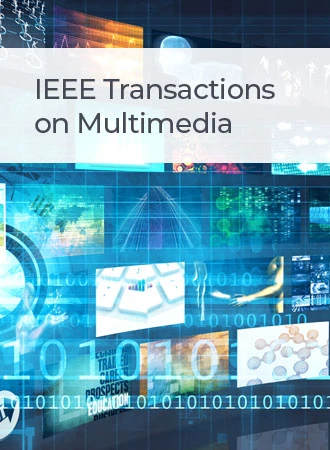用于增强图像质量评估的双残差引导交互式学习
IF 9.7
1区 计算机科学
Q1 COMPUTER SCIENCE, INFORMATION SYSTEMS
引用次数: 0
摘要
图像增强算法可以在实际应用中方便地完成计算机视觉任务。然而,图像增强算法也可能引入各种失真。因此,图像质量评估(IQA)对于准确评估增强图像以提供可靠的反馈起着至关重要的作用。目前的增强型IQA方法主要针对单一的特定场景而设计,导致在其他场景下的性能有限。此外,仅利用增强图像进行质量预测的无参考方法忽略了已有的包含有价值信息的退化图像,可靠性不足。在这项工作中,我们提出了一种基于双残差引导交互式学习(DRGQA)的退化参考图像质量评估方法,用于多种场景下的增强图像。具体而言,提出了一种全局和局部特征协作模块(GLCM),利用卷积神经网络(CNN)和变压器以交互的方式模仿观测器的感知来捕获全面的质量感知特征。然后,我们研究了增强图像中常见的结构损伤和色移畸变,并提出了双残差引导模块(dual residual-guided module, DRGM),使模型专注于对人类视觉系统(HVS)敏感的畸变区域。在此基础上,提出了失真感知特征增强模块(DEM),以提高深度网络中特征的表示能力。大量的实验结果表明,与最先进的IQA方法相比,我们提出的DRGQA方法具有更低的计算复杂度,具有更好的性能。本文章由计算机程序翻译,如有差异,请以英文原文为准。
Dual Residual-Guided Interactive Learning for the Quality Assessment of Enhanced Images
Image enhancement algorithms can facilitate computer vision tasks in real applications. However, various distortions may also be introduced by image enhancement algorithms. Therefore, the image quality assessment (IQA) plays a crucial role in accurately evaluating enhanced images to provide dependable feedback. Current enhanced IQA methods are mainly designed for single specific scenarios, resulting in limited performance in other scenarios. Besides, no-reference methods predict quality utilizing enhanced images alone, which ignores the existing degraded images that contain valuable information, are not reliable enough. In this work, we propose a degraded-reference image quality assessment method based on dual residual-guided interactive learning (DRGQA) for the enhanced images in multiple scenarios. Specifically, a global and local feature collaboration module (GLCM) is proposed to imitate the perception of observers to capture comprehensive quality-aware features by using convolutional neural networks (CNN) and Transformers in an interactive manner. Then, we investigate the structure damage and color shift distortions that commonly occur in the enhanced images and propose a dual residual-guided module (DRGM) to make the model concentrate on the distorted regions that are sensitive to human visual system (HVS). Furthermore, a distortion-aware feature enhancement module (DEM) is proposed to improve the representation abilities of features in deeper networks. Extensive experimental results demonstrate that our proposed DRGQA achieves superior performance with lower computational complexity compared to the state-of-the-art IQA methods.
求助全文
通过发布文献求助,成功后即可免费获取论文全文。
去求助
来源期刊

IEEE Transactions on Multimedia
工程技术-电信学
CiteScore
11.70
自引率
11.00%
发文量
576
审稿时长
5.5 months
期刊介绍:
The IEEE Transactions on Multimedia delves into diverse aspects of multimedia technology and applications, covering circuits, networking, signal processing, systems, software, and systems integration. The scope aligns with the Fields of Interest of the sponsors, ensuring a comprehensive exploration of research in multimedia.
 求助内容:
求助内容: 应助结果提醒方式:
应助结果提醒方式:


